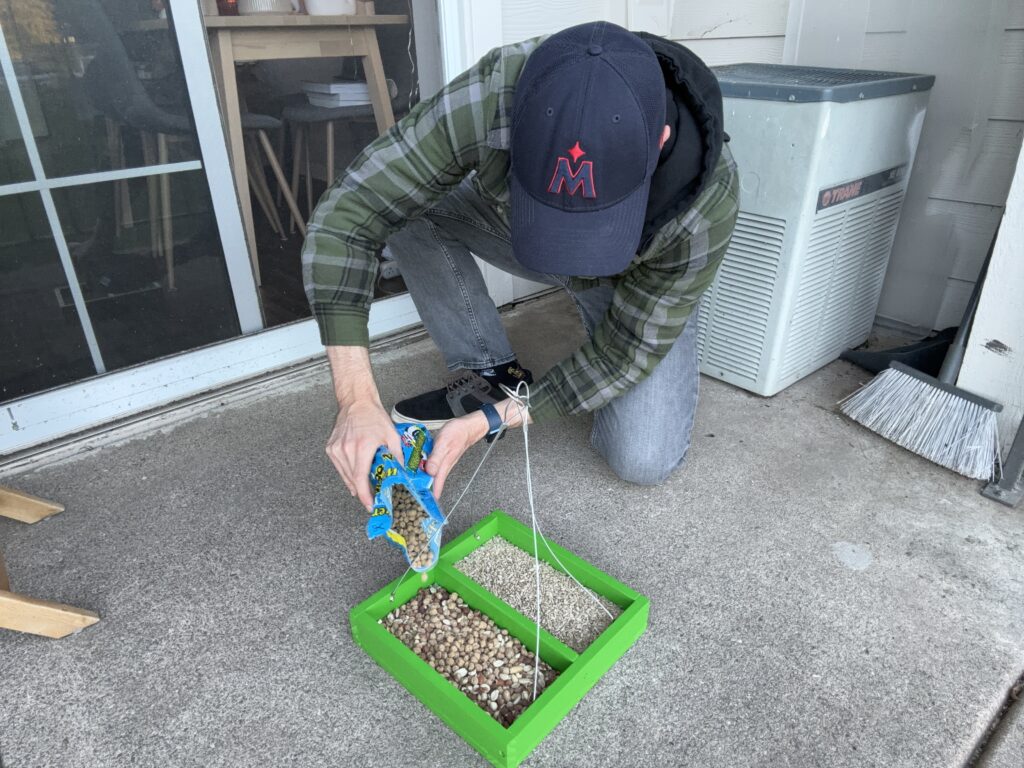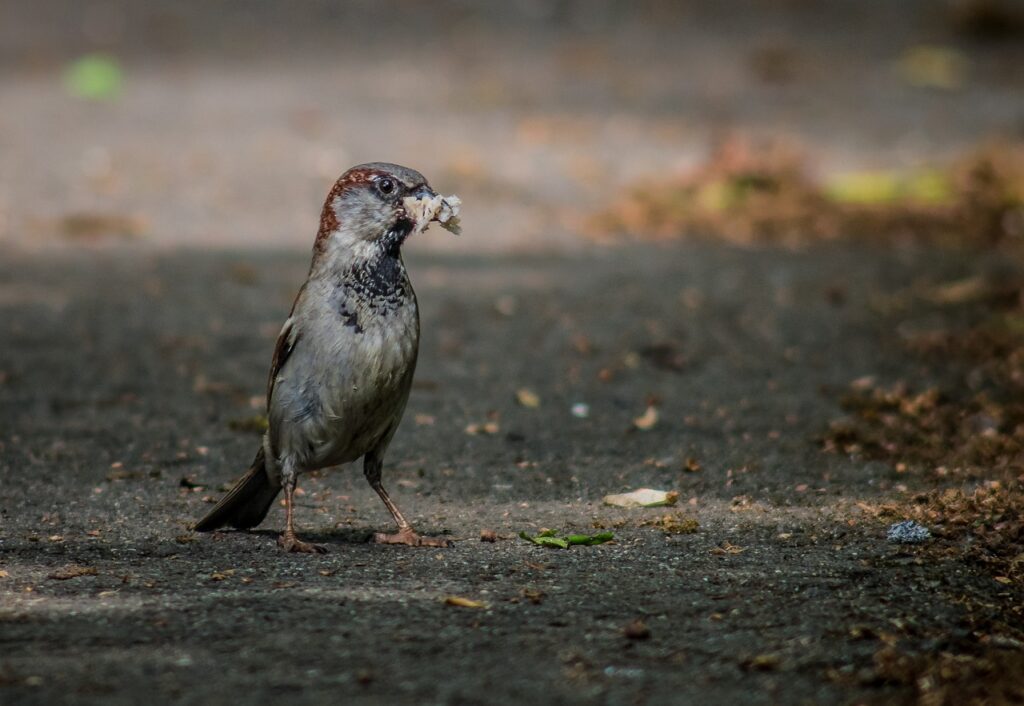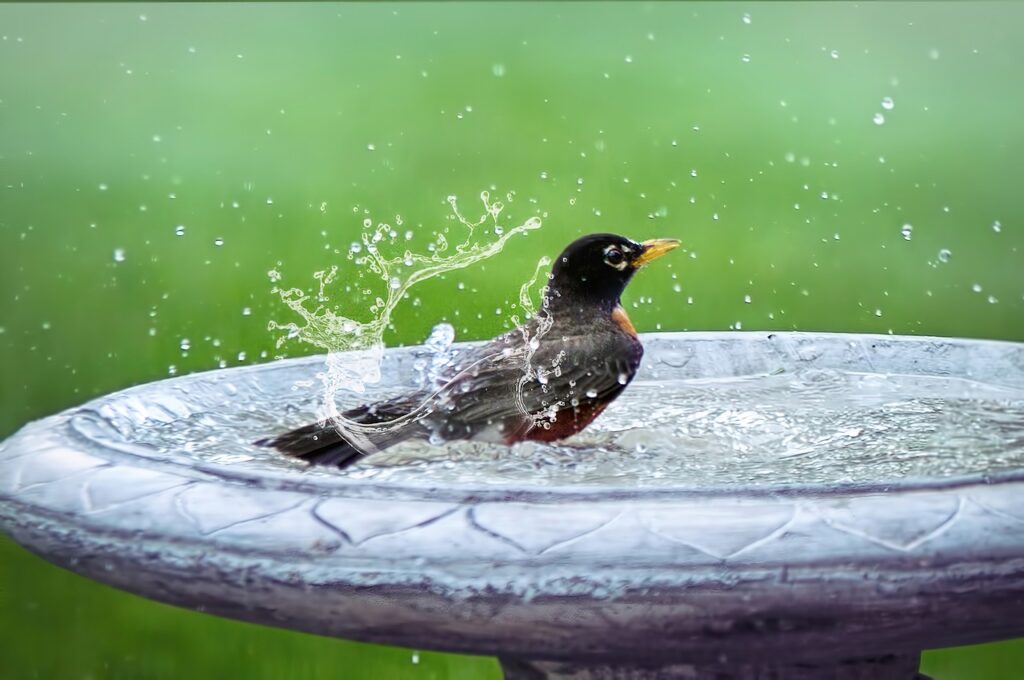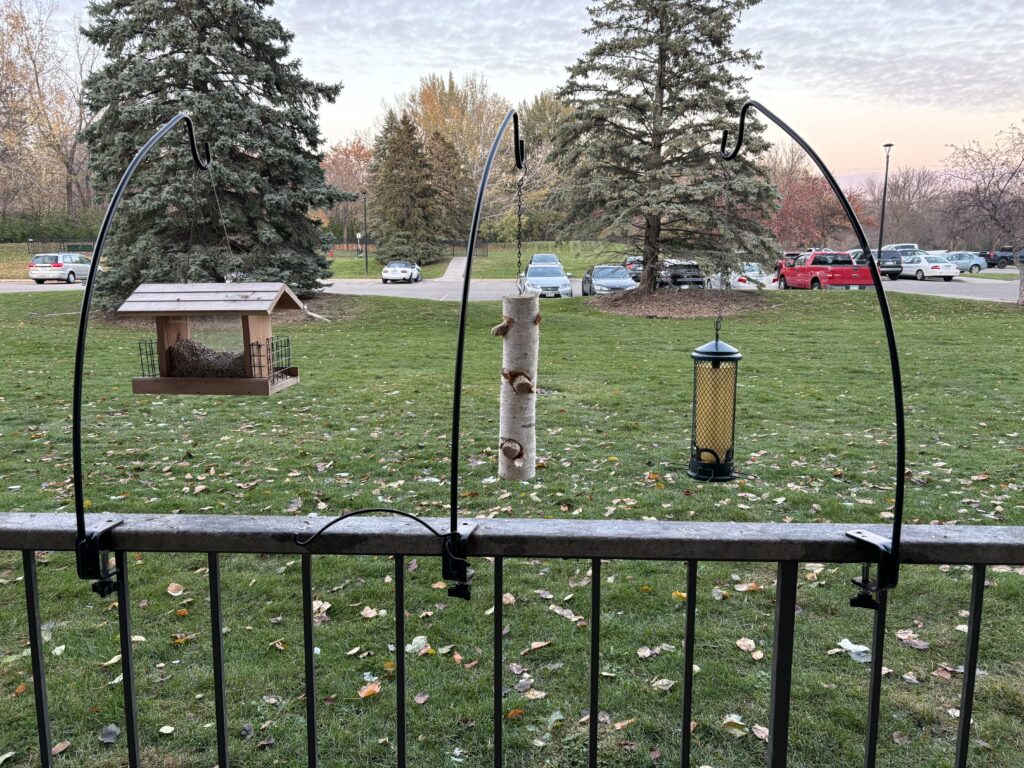I’ve been feeding the birds for years and have become known in my circles as that 30-something dude who runs a bird feeding blog. As a result, I often get people asking me questions about starting the hobby, or for advice if they buy a bird feeder for a family member.
I always love getting questions and talking about this hobby with others. Not only is it a ton of fun to bring birds to your yard, the hobby has several health benefits.
So, I wanted to put together a post highlighting some of the most common mistakes I notice people making when they start bird feeding. This post isn’t meant to mock anyone. I want it to be a helpful starting point for anyone just starting out.
This article pulls a lot from my personal experience, but I also use credible resources like the Cornell Bird Lab, Audubon Society and Wild Birds Unlimited to back my claims.
Before we jump in, a disclaimer in regards to part of how I fund this website:
Disclaimer: Some links found on this page are Amazon affiliate links. If you click an affiliate link and make a purchase, I might earn a commission. As an Amazon Associate I earn from qualifying purchases.
Mistake 1. Using Cheap Birdseed with Fillers

Not all bird seed is created equal. A lot of mixes are full of filler ingredients that birds don’t love, or won’t eat at all. The most common I see are red milo and oats. I have more detail on why red milo stinks in this post here. But, in a nutshell, the vast majority of birds will ignore it, or toss it out of your feeder on the ground.
I totally get why this mistake is made. If you’re just starting off, you’re likely to pick one of the cheaper seed mixes. Why spend more if you’re just getting started?
But, If you put out seeds mostly made of filler ingredients, you’re either not going to get a lot of birds, or you’re only going to attract pesky species like House Sparrows and Grackles.
As a crash course on what to avoid, look closely at this bag of bird seed I saw for sale at Target below. The little red dots are red flag milo you should keep your eyes peeled for.

If you notice the bird seed you’re using has these ingredients, swap it out for something more straightforward. Here are my favorite kinds of bird feed for starters, in order of how I would start offering them.
–Sunflower seeds (good fat/quality oil content)
–Suet (good fat, especially in the winter)
–Peanuts (good fat treat for birds, especially in the winter)
–White Millet (good source of protein)
–Safflower Seed (another great seed that birds enjoy. Squirrels and pesky birds like Starlings also don’t like it as much)
Mistake #2: Putting Bird Feeders Up Without Shelter Nearby

If you notice birds aren’t coming often to your feeder after weeks of having it up, it might be due to the feeder not having enough shelter nearby.
Placement is key for a bird feeder. If it’s too close to a high traffic area, not near any shelter, or too high up, birds won’t feel safe using it. If a feeder is too exposed, they will feel vulnerable to predators like hawks.
So, I recommend you place a bird feeder near some trees or bushes where birds can take cover. Around 10 feet away from trees is a good rule of thumb so that you’re also not allowing squirrels to easily jump from the tree on your feeder.
One way to offer natural shelter for birds is by creating a brush pile. This can be as big or small as you’d like. Simply stack sticks, logs and/or other brush from your yard to provide spaces for the birds to hang out in.
Mistake #3: Not Cleaning Your Bird Feeders

Putting out food for birds is all fine and dandy, but many people forget about regularly cleaning their bird feeders. Not doing this makes them less appealing for the birds. It can also lead to disease and death.
Here’s the analogy I use: Imagine you’re invited to a friends house for dinner. They put together a nice spread of food, but consistently serve you on dirty plates with unclean utensils.
Would you keep going back to eat there?
Selfishly, cleaning your bird feeders also keeps them coming back to you versus another feeder nearby.
Here’s the quick how to for cleaning a bird feeder:
- Take your bird feeder apart
- Scrub it out with hot water and dish soap
- Rinse thoroughly
- Soak your feeder in a nine part water, one part bleach solution (for wooden feeders: use vinegar instead of beach)
- Rinse thoroughly again
- Allow the feeder to air dry
Mistake #4: Only Putting Out One Kind of Bird Seed

Birds eat all sorts of different bird seeds and foods at feeders. Some will eat just about anything, but a lot of them are picky and have their favorites.
Putting out something is better than nothing, but you’ll increase your odds of drawing in more birds and different species if you put out multiple types of bird seed.
If you’re looking for a detailed guide on what kind of seed/food attracts what, I have that in this post linked here. As a quick reference guide, here’s what I usually have up during the winter:
- A tray or hopper feeder filled with sunflower chips and/or peanuts
- A suet feeder of some kind
- A tube feeder with safflower seed or peanuts
I find this variety brings in just about every species in my neighborhood. More than a dozen regularly! A fun aspect of bird feeding is experimenting with different foods and feeders. Keep putting out different combinations and keep track of what birds visit.
Mistake #5: Feeding Birds Bread

According to the Humane Society, bread offers next to nothing in nutritional value to birds. Yes, this includes feeder birds and waterfowl like ducks and geese.
Bread will fill birds up quickly, giving them a sense of being full but with limited nutrients. This can impact their survival and can cause stomach issues.
Birds will take any food they can get and will fill up on any edible food. If you toss them bread, they will gobble it up and will not have room to eat food with nutrients that they need to survive. This can be especially problematic in the winter, when birds need fat and protein to metabolize overnight to stay warm.
Instead, stock up on some of the foods I previously mentioned earlier. Sunflower seed, suet, peanuts, millet, and safflower, to name a few.
Mistake #6: You’re Not Providing Water

Want to know the secret to attracting more birds to your yard? It’s not about food. Focus on offering water in a bird bath.
There are many bird species that rarely visit bird feeders, but will happily stop by a bird bath. The American Robin, Cedar Waxwing, Catbirds, and Warblers, to name a few.
A heated bird bath is especially welcome when it’s cold out and if you’re in an area where water sources are frozen. Open water is hard to come by for birds in winter weather.
Also, you don’t need to worry about birds bathing in a bird bath during the winter and freezing. They’re smart enough to know that water is strictly for drinking in the harsh cold.
Mistake #7 – Letting Your Bird Feeders Get Empty in the Winter

Birds are creatures of habit. If you get a group of them coming to your feeder, chances are that they will continue to come back.
However, you need to keep your feeders clean and stockpiled for birds to keep dropping by. This is especially helpful for them in the winter, when natural foods are more scarce.
If you let your feeders run empty for a day or two, birds might stop coming back in favor of other supplemental food sources…That’s a fancy way of saying that they’ll go to your neighbors bird feeder instead.
So, keep your feeders stocked up. If you’re going on vacation, it’s worth it to fill a few feeders until you return. Here’s another post I wrote about how to make your bird seed last while you’re out of town.
A quick note here. Some states don’t allow bird feeding outside of the winter months (especially where Black Bears might be present). Be sure to check your local laws and regulations. So, feel free to let your feeders run empty when it’s time to do so 🙂
